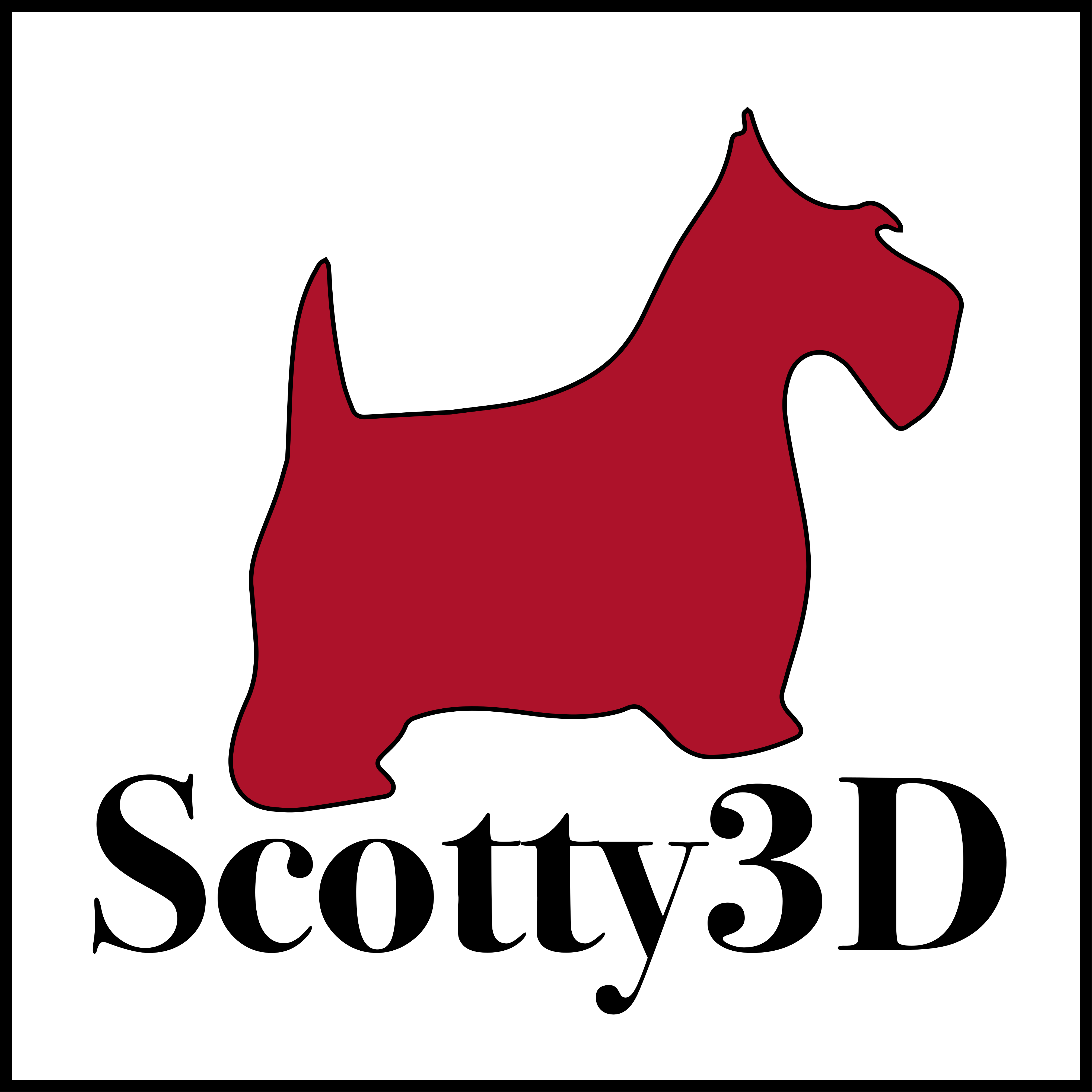-
Notifications
You must be signed in to change notification settings - Fork 65
Local Mesh Operations
Many of the actions that need to be implemented in the MeshEdit mode are local mesh operations (like edge collapse, face bevel, etc.).
A good recipe for ensuring that all pointers are still valid after a local remeshing operation is:
- Draw a picture of all the elements (vertices, edges, faces, halfedges) that will be needed from the original mesh, and all the elements that should appear in the modified mesh.
- Allocate any new elements that are needed in the modified mesh, but do not appear in the original mesh.
- For every element in the "modified" picture, set all of its pointers -- even if they didn't change. For instance, for each halfedge, make sure to set
next,twin,vertex,edge, andfaceto the correct values in the new (modified) picture. For each vertex, make sure to set itshalfedgepointer. Etc. A convenience methodHalfedge::setNeighbors()has been created for this purpose. - Deallocate any elements that are no longer used in the modified mesh, which can be done by calling
HalfedgeMesh::deleteVertex(),HalfedgeMesh::deleteEdge(), etc.
The reason for setting all the pointers (and not just the ones that changed) is that it is very easy to miss a pointer, causing your code to crash. Once the code is working, you can remove these unnecessary assignments if you wish -- but remember that premature optimization is the root of all evil.
To facilitate user interaction, as well as global mesh processing operations (described below), local mesh operations should return the following values when possible. If the specified values are not available, you should think about a reasonable alternative value to return. First and foremost, the program should not crash! So for instance, you should not return a pointer to an element that was deleted. Second, you should try as much as possible to return a value related to the argument. For instance, if the user asks to flip an edge e that cannot be flipped (e.g., a boundary edge), the most natural solution would be to simply return e. Likewise, if the user asks to erase an edge e that cannot be erased, a natural return value might be an adjacent (non-boundary) face. Etc.
-
HalfedgeMesh::flipEdge- should return the edge that was flipped
-
HalfedgeMesh::splitEdge- should return the inserted vertex
-
HalfedgeMesh::collapseEdge- should return the new vertex, corresponding to the collapsed edge
-
HalfedgeMesh::collapseFace- should return the new vertex, corresponding to the collapsed face
-
HalfedgeMesh::eraseVertex- should return the new face, corresponding to the faces originally containing the vertex
-
HalfedgeMesh::eraseEdge- should return the new face, corresponding to the faces originally containing the edge
-
HalfedgeMesh::bevelVertex- should return the new face, corresponding to the beveled vertex
-
HalfedgeMesh::bevelEdge- should return the new face, corresponding to the beveled edge
-
HalfedgeMesh::bevelFace- should return the new, inset face

- Task 1: Camera Rays
- Task 2: Intersecting Primitives
- Task 3: BVH
- Task 4: Shadow Rays
- Task 5: Path Tracing
- Task 6: Materials
- Task 7: Environment Light
Notes:
- Task 1: Spline Interpolation
- Task 2: Skeleton Kinematics
- Task 3: Linear Blend Skinning
- Task 4: Physical Simulation
Notes:
